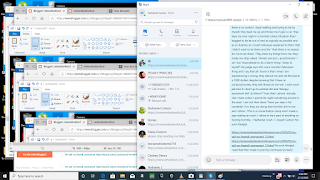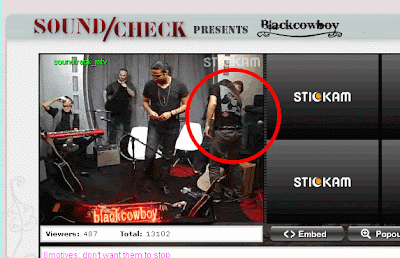You apply personalized omnichannel strategies? Stop reading this text immediately
As we know, the main trends in the next few seasons will be: integration of offline and online and the consumer at the center of marketing. It so happens that despite the great technological acceleration we still live both in the real world (offline) and in the virtual world (online). But it's time to get used to the idea of a whole new era in digital advertising, the mobile era. Many companies already have mobile applications and implement loyalty programs. However, companies' mobile first strategies should go far beyond these elements. In today's world, there are a variety of communication channels and personalization opportunities that can be used by marketers to deeply engage consumers via mobile devices.
So let's take a look at some current minitrends here.
Real-time conversations
Forget about treating email, SMS or chat as separate channels of communication with consumers. Time for individual, consistent and immediate conversations (real time).
If you use social networks and you want to take full advantage of them to improve customer service, at any time you need to know the exact course of previous correspondence in all the so-called "social networks". Points of contact with users. The information gathered can be used for example. the moment a consumer enters an online store and receives an SMS or mobile app notification with content that makes it as easy as possible for them to complete their planned activities.
Mobile machine learning
Machine learning is no longer just a film fiction, but a real opportunity to learn about user preferences and expectations, and to offer them in advance what they have not even started to think about yet.
E.g. Chatbots, which have been extremely popular recently, are able to simultaneously conduct tens of thousands of individual conversations in real time, based on knowledge arising from the analysis of transaction history and purchase preferences of consumers.
Multiscreening and omnichannel
In addition to the growing phenomenon of multiscreening and users' growing awareness of the possibilities of using mobile devices and mobile applications, the vast majority of consumers value the benefits of omnichannel, which provides the possibility of consistent communication with the brand across all touchpoints. No wonder, then, that as much as 78% of all mobile phone users have received a text message. consumers are willing to give marketers permission to use their purchase data to improve communication and individualise their shopping experiences.
Let's imagine that a user, while shopping in an online store, left a product of a given brand in a virtual shopping cart without completing the purchase and when, a few hours later, he enters a stationary store in Złote Tarasy, he receives a text message reminding him that an identical product is available there.
The true power of social media
In-depth analysis of reach and interaction indicators (likes, shares), and above all, the content of comments and conversations in social media (feedback) will allow marketers to react immediately and anticipate the signals sent by consumers.
For example, in my agency, while working for a client from the automotive industry, thanks to an application that monitors social media, we came across a lively discussion on improper parking of cars in parking spaces. Using such elements as a creative idea, skilful user engagement and viral marketing, without spending a penny on promotion, we reached several hundred thousand people with information about the action and encouraged a significant part of them to actively participate in the action aimed at counteracting the undesirable behaviour of drivers.
Move with the consumer to „t”
It's long been known that it costs much more to acquire than to retain a customer.
Recent studies even indicate that companies that spend more on customer retention are nearly twice as likely to increase their market share compared to companies that spend more on acquiring new customers.
So it pays to take care of loyal customers. Unfortunately, traditional loyalty programs have the disadvantage that they tend to reward passive attitudes (e.g. maintain or reduce churn rates), and rarely stimulate consumers to change their behavior to one that would be highly desirable to brands.
In the mobile era, we can change this relatively easily. Detailed big data analysis of purchase transaction history (e.g. The most recent transaction date, value and frequency of purchases, and others) make it possible to identify the most valuable consumers for a company and introduce individual, well-tailored, and therefore engaging and long-term incentive or loyalty programs, using primarily mobile devices and applications, and of course other channels integrated with them.
Marketers are increasingly serious about omnichannel, seeing in it significant synergies between offline and online. However, perhaps the greatest hopes of companies are connected with mobile marketing, especially in terms of personalization of communication and loyalty actions towards consumers, who are the focus of marketing. It is therefore worth considering how to take advantage of both the advantages of multichannel and the great variety of mobile channels.


